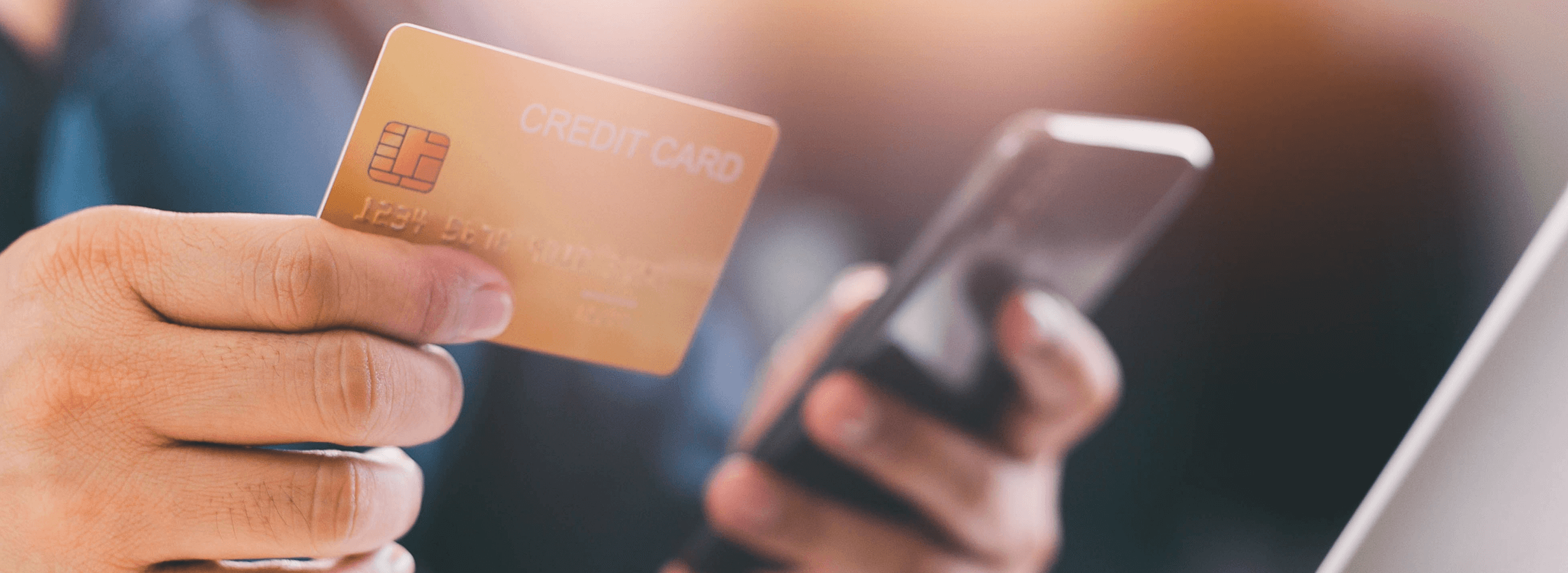Cybercriminals are constantly looking for ways to steal personal information, access sensitive data, and compromise accounts. One of the most effective tools to safeguard your online presence is Two-Factor Authentication (2FA). But what is 2FA, and why should you use it? Let’s break it down.
What Is Two-Factor Authentication (2FA)?
Two-Factor Authentication, or 2FA, is an extra layer of security designed to ensure that only you can access your online accounts. It requires two different types of verification to log in:
- Something You Know: Like a password or PIN.
- Something You Have or Are: Such as a one-time code sent to your phone, a fingerprint, or facial recognition.
Even if someone steals your password, 2FA makes it significantly harder for them to access your account without the second verification step.
How Does 2FA Work?
Here’s how 2FA typically works when you log into an account:
- Enter Your Password: You begin by entering your username and password as usual.
- Verify Your Identity: A second verification step is required. This could involve:
- A one-time code sent to your phone via SMS.
- An email confirmation link.
- A push notification from an authenticator app.
- Biometric authentication like fingerprint or face ID.
- Access Your Account: Once both factors are verified, you gain access to your account.
Types of Two-Factor Authentication
There are several methods of implementing 2FA, each offering different levels of security:
1. SMS-Based Authentication
- A one-time code is sent to your registered phone number via text.
- Pros: Easy to set up and widely supported.
- Cons: Vulnerable to SIM-swapping attacks and interception.
2. App-Based Authentication
- Apps like Google Authenticator, Authy, or Microsoft Authenticator generate time-sensitive codes.
- Pros: More secure than SMS; works offline.
- Cons: Requires installation and setup of an app.
3. Biometric Authentication
- Uses your fingerprint, face, or retina scan for verification.
- Pros: Highly secure and convenient.
- Cons: Limited to devices with biometric capabilities.
4. Hardware Tokens
- A physical device, like a USB security key, is used for authentication.
- Pros: Extremely secure and resistant to phishing.
- Cons: Requires purchasing additional hardware.
5. Email-Based Authentication
- A link or code is sent to your registered email address.
- Pros: Simple to use.
- Cons: Vulnerable if your email account is compromised.
Why You Need 2FA
1. Protects Against Password Theft
With data breaches becoming more common, passwords alone are no longer sufficient. Even a strong password can be compromised. 2FA ensures that an additional verification step is required, making it harder for hackers to access your accounts.
2. Defends Against Phishing
Phishing attacks trick users into revealing their passwords. Even if you fall victim to such scams, 2FA can prevent unauthorized access by requiring a second factor.
3. Secures Sensitive Data
From banking accounts to social media profiles, our online accounts store a wealth of personal information. 2FA adds a critical layer of protection to keep your sensitive data safe.
4. Provides Peace of Mind
Knowing that your accounts are protected by 2FA gives you confidence, especially when accessing them from public networks or shared devices.
5. Meets Security Requirements
Many organizations and platforms now require 2FA to comply with security standards. Enabling 2FA helps you stay ahead of evolving cybersecurity threats.
How to Set Up 2FA on Popular Platforms
Here’s how to enable 2FA on some commonly used services:
1. Google Accounts
- Gehe zu Sicherheit in your Google account settings.
- Click 2-Step Verification and follow the prompts to set up SMS, app-based, or security key authentication.
2. Facebook
- Navigate to Settings & Privacy > Security and Login.
- Enable Two-Factor Authentication and select your preferred method.
3. Instagram
- Open the app and go to Settings > Security > Two-Factor Authentication.
- Choose between text message or authentication app verification.
4. Banking Apps
- Most banks offer 2FA in their app settings under Sicherheit or Login Options. Follow the instructions provided by your bank.
Common Misconceptions About 2FA
“It’s Too Complicated.”
Modern 2FA methods like push notifications or biometrics are quick and user-friendly. The added security is well worth the minor effort.
“I Don’t Have Sensitive Information Online.”
Even if you think your accounts aren’t valuable, hackers can use them for malicious purposes like spreading spam or phishing scams.
“Passwords Are Enough.”
With password-cracking tools and data breaches, relying solely on passwords is risky. 2FA provides an essential second layer of defense.
Tips for Using 2FA Effectively
- Enable 2FA Everywhere: Use it on all accounts that support it, especially for email, banking, and social media.
- Choose Secure Methods: Opt for app-based authentication or hardware tokens over SMS for enhanced security.
- Backup Codes: Save backup codes provided during setup in a secure location. These can help you regain access if you lose your device.
- Stay Updated: Regularly review and update your 2FA settings to ensure they meet current security standards.
Two-Factor Authentication (2FA) is a simple yet powerful tool to protect your online accounts. By adding an extra layer of security, 2FA significantly reduces the risk of unauthorized access and enhances your overall cybersecurity. Whether you’re safeguarding your email, social media, or banking accounts, enabling 2FA is a step every internet user should take.
Don’t wait until it’s too late—enable 2FA on your accounts today and enjoy greater peace of mind.



